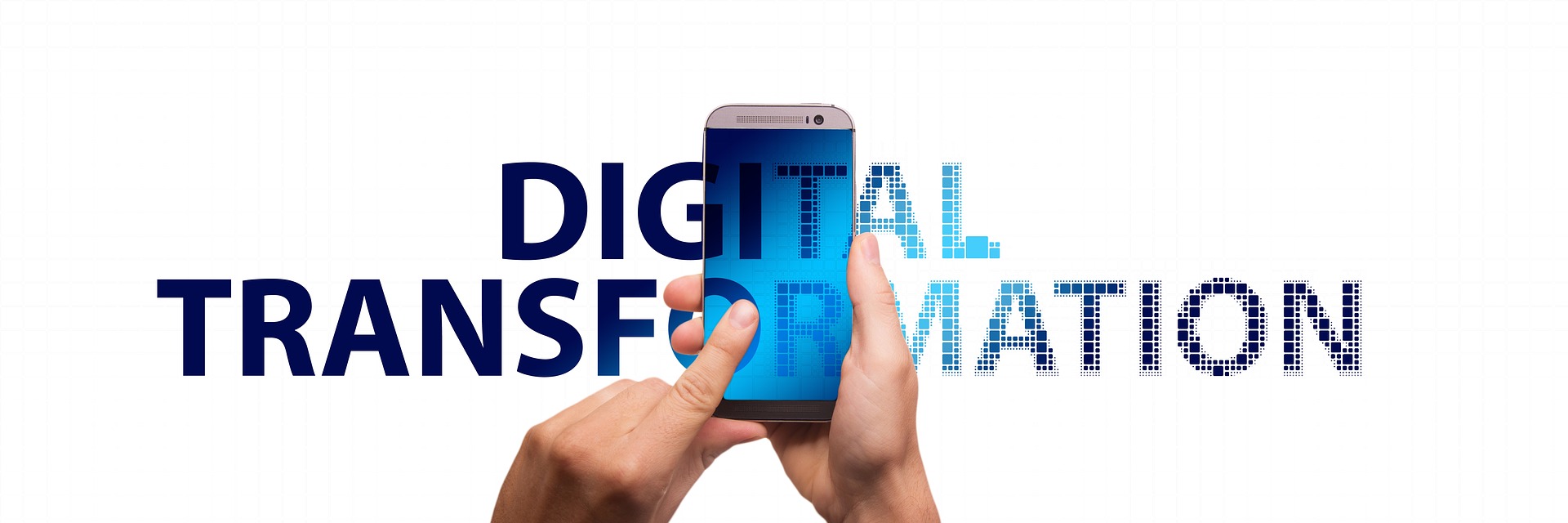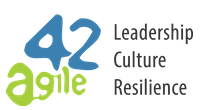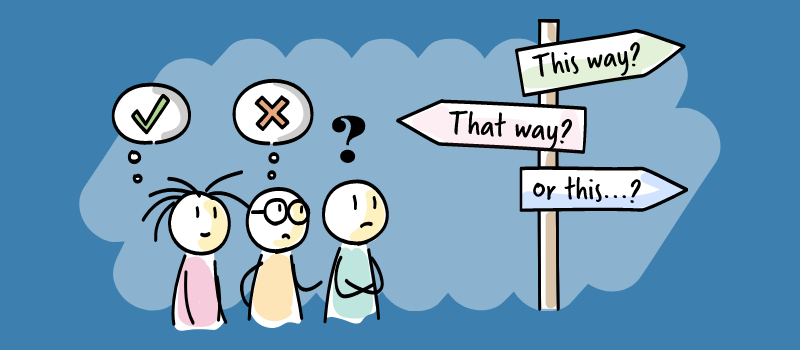Part 1: Digital Transformation
/by Amy BridgePart 1 of our monthly theme, “Digital Transformation”, kicks off with agile42 coach, Martin von Weissenberg. In his latest video interview, Martin explores what is a digital transformation and why it is necessary. Delving also into the organizational implications of a digital transformation.
Watch the full interview below:
What is a digital transformation and why is it necessary?
A digital transformation is at its very simplest, a replacement of existing processes with electronic or digital processes. Basically, you could start accepting PDF invoices instead of having them sent on paper via mail. It’s also much more, for example, you could join an e-invoicing platform and use that to send and receive information about those invoices. This opens up so many more opportunities.
Digital, first of all, allows you to do things faster, reduces the likelihood of errors, and also allows you to build new business models. That is where agile comes in and that’s where it gets interesting. Some companies go digital to save costs or they think of it as a way of laying off people. If you can do more with less, then why have 10 people on the payroll when you only need 5. At agile42, we feel this is shortsighted. By having those people in place, there is so much more you can do if you look on the upside. And that is why we believe an agile approach has a very strong impact on your digital transformation.

What are the organizational implications of a digital transformation?
Let’s explore this question from two different perspectives. Classically or traditionally, companies have seen this as a cost-savings effort. You go digital because you can now save costs, you can do more with less. So with fewer people, you can retain the same level of service that you had previously. This unfortunately has somewhat of a negative impact on your company. People, as always under layoffs, are nervous and uncertain of their future. Typically they will also be stressed after the change. They are now going to be doing more work as people have been laid off and dissatisfied employees are leaving the company. It is very difficult to find a way of making up for that loss in added value.
Let’s look at it from a different perspective — thinking about your organisation as a value-producing unit. So you have a certain burn rate and now you are interested in finding new ways of producing value. This is where digital transformation can play a part if your organisation is willing and able to explore things and experiment to figure out new ways. For example, new niches where you can take your products, or figuring out how to bring in new customers to your existing products.
This is going to be a very interesting game, unlike the cost savings game, where your cost savings are basically limited to your burn rate. On the values side, you can earn much more than you can save on the cost savings side. Also if you do it right, you can do it in an exponential manner. For example, once an investment is made, serving one million or five million customers is not actually that more expensive because the margin cost goes down.
This requires that your organisation is capable of agile thinking and using agile methods. With an agile culture, there is the flexibility and the ability to take risks, not in a reckless way obviously but considering the risks together and trying to figure out what we could experiment with together:
- self-organisation
- backlogs
- agile practices, etc.
So that’s where also the agile concept and agile thinking models play a part in the context of a digital transformation.
Agile is an enabler of digitalization. By becoming agile you can simply explore the opportunities faster. We can also say that digitalization is an enabler of agility, as the backlogs and all the new possibilities you now have at your disposal help you move so much faster than you did previously, enabling the organisation to operate more effectively. That is why we can say that digitalisation is also an enabler of agility.
Watch the recording of Martins's webinar on "Digital Transformation".
*Click here to read Part 2 blog post*





